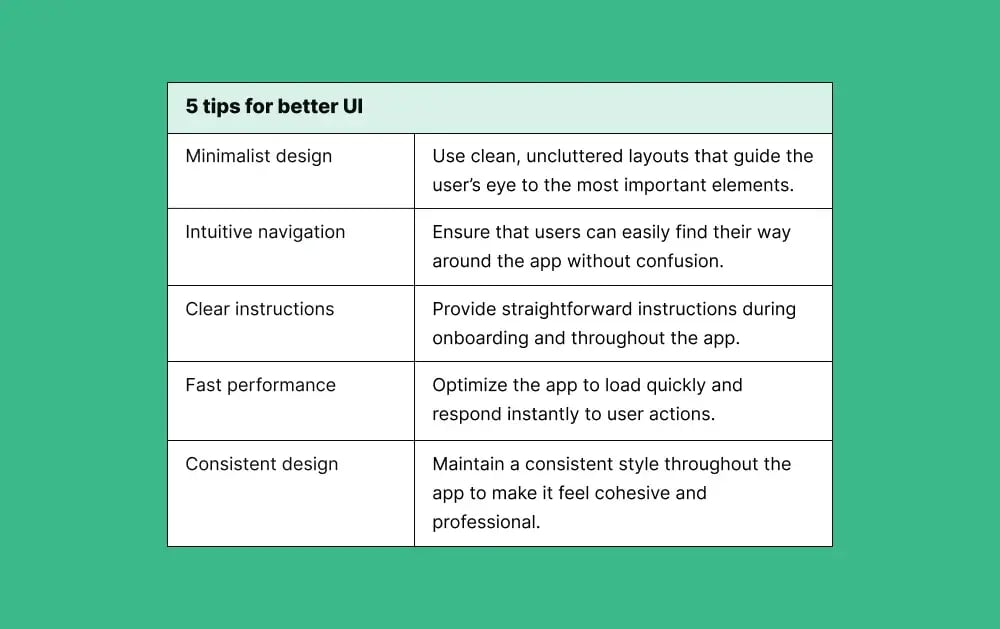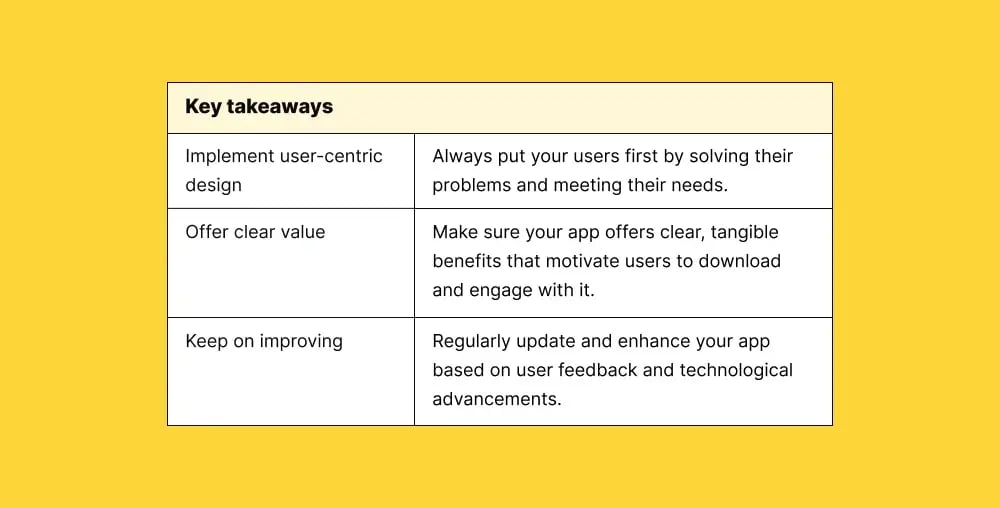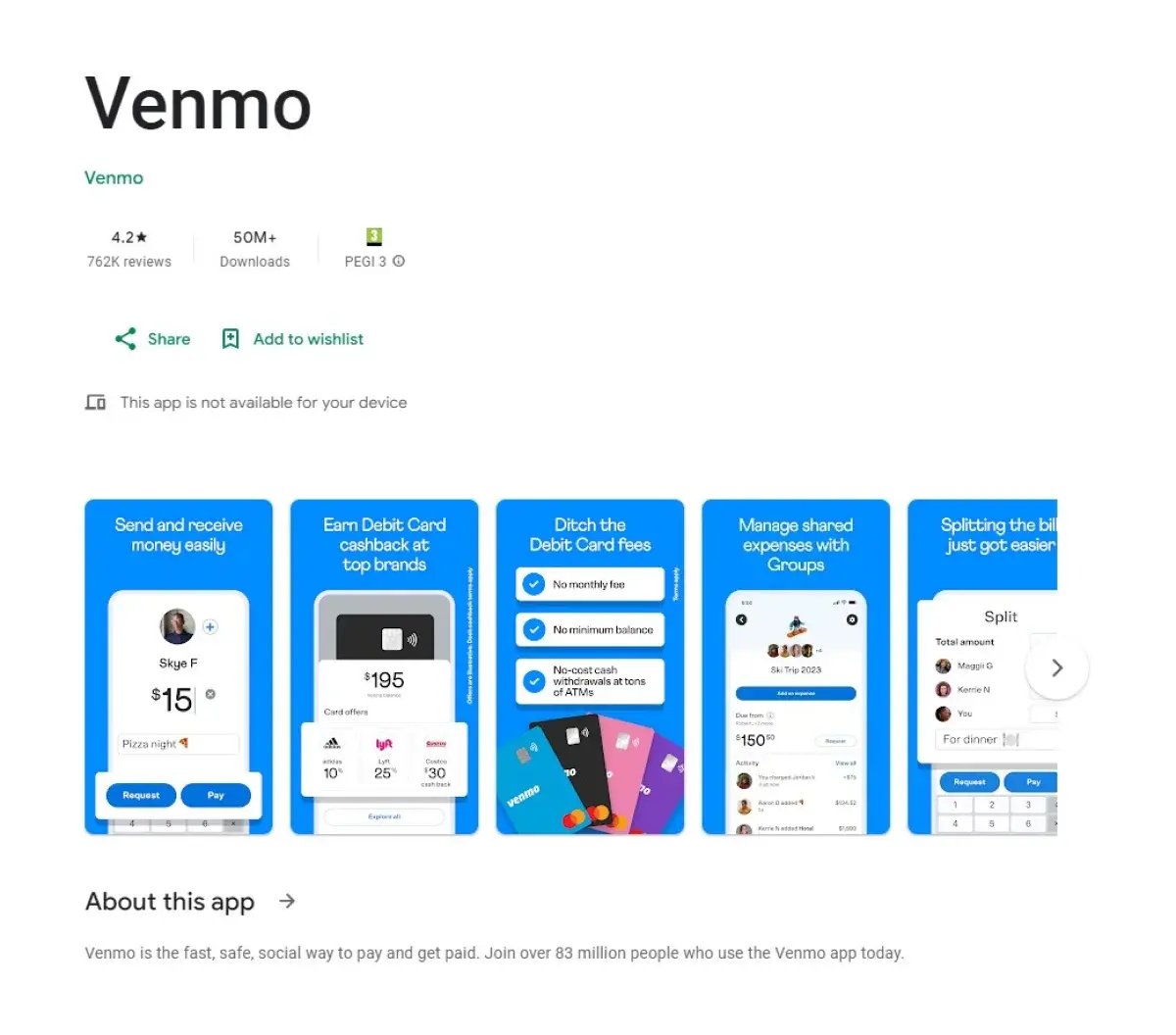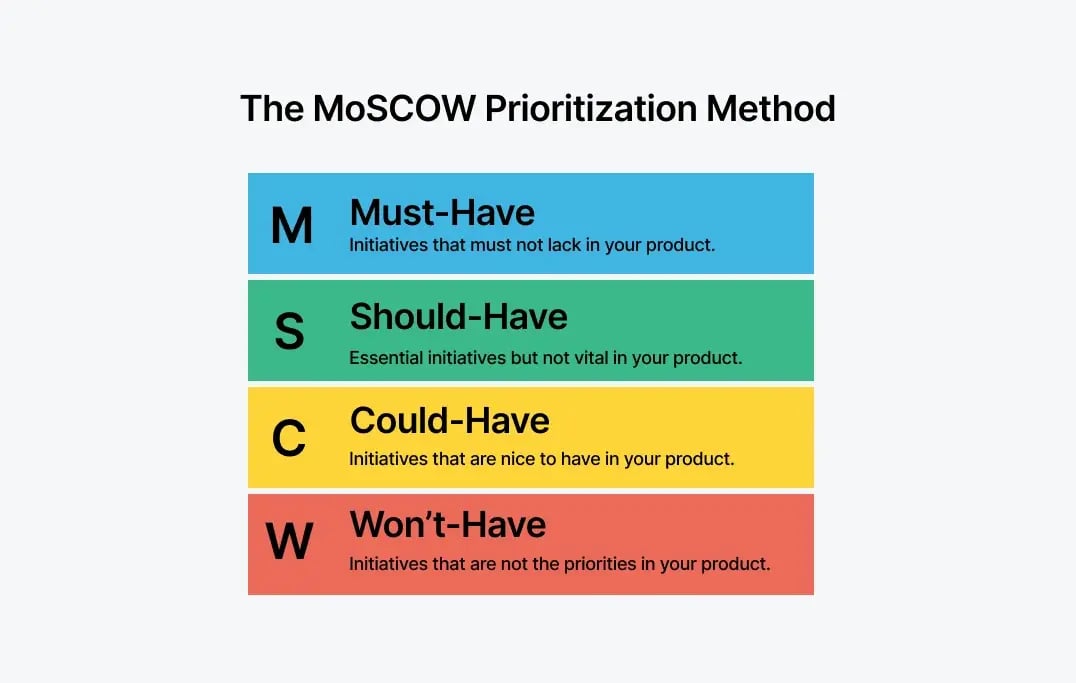How to Build a Mobile App That Customers Love
Building a mobile app that customers love is no easy feat. Making your app stand out can seem like a mammoth task, especially in a highly saturated market where app-first companies face growing competition and pressure to deliver quality products.
But it isn’t impossible. We decided to ask tech experts for their top tips to build a mobile app that customers love, from idea to production. So, read along to see what they have to say!
1. Keep the design simple
Design is crucial to an app’s success, whether for consumers (B2C) or businesses (B2B). Users prefer apps with a simple, intuitive user experience (UX) and user interface (UI). A simple UI ensures that information is easily accessible without any clutter. A responsive UI makes the app feel seamless and user-friendly from the first interaction.
What is the impact of UX and UI on app success?
- User acquisition: A straightforward registration process encourages more users to sign up and increases download numbers.
- User retention: Clear and simple onboarding helps users understand the app quickly, increasing the likelihood they will continue using it and recommend it to others.
- Conversion rates: If your app includes in-app purchases, clearly showing the benefits of buying virtual goods can lead to higher conversion rates.

What industry experts have to say
“Too often, app designers want to show off shiny new features and lose sight of the end-user experience. The most loved apps are always simple and easy to use - see TikTok and Instagram. They started off with very basic functionality that hooked users in.”
- Ilya Radzinsky, Co-Founder & CMO, TaxDome
“Customers love simplicity. If the app is not easy to navigate and understand in five seconds, you have problems. While building, you should conduct many thought experiments where you ask the development team, "How could this be simpler?" Then, next week, ask the same question. Lastly, the best way to test this isn't to ask "Do you think this app is a good idea?" or "Would you use this?" It's to ask, "Would you pay money for this?" That's how you drive genuine answers.”
- Brian Robben, CEO, Robben Media
2. Put the customer first and deliver value
Your product has one end-user - the customer. So why should they not be your first priority? Putting the customer first at every stage of your development process is crucial to ensuring you are delivering an app that they will actually use and enjoy.
What makes an app valuable?
To motivate users to download and consistently use your app, it should offer significant benefits, such as:
- Solving a problem: Identify a specific issue your target audience faces and address it effectively. For example, Duolingo solves the problem of finding affordable and flexible language learning tools.
- Enhancing convenience: Make everyday tasks easier or more efficient. For instance, an app like Pocket saves articles and videos for later viewing, allowing users to consume content at their convenience.
- Providing unique features: Offer functionalities that aren’t available through other channels. For example, a fitness app like MyFitnessPal integrates calorie tracking, exercise logging, and nutritional advice in one place.
- Improving accessibility: Ensure users can access valuable services anytime, anywhere. For example, mobile banking apps allow users to manage their finances on the go.
A well-performing app seamlessly integrates:
- Consumer needs: Understand and prioritize what your users want and need. This means conducting thorough market research and gathering feedback to continually improve your app.
- Business objectives: Align the app’s features and functionalities with your business goals. For example, if your objective is to increase user engagement, incorporate features that encourage regular interaction, like Duolingo’s streaks and gamified lessons.
- Technological solutions: Leverage the latest technology to enhance user experience. This could involve using AI for personalized recommendations or cloud services for data synchronization across devices.

“Co-develop your app with your customers! In the early days, we invited our first customers to join our Product Advisory Council, where we had regular meetings with them to get their feedback on the initial product and to tell us about their biggest pain points. We'd build the next version, then rinse and repeat the feedback process with them. It helped us stay on track and build features that we knew people wanted. In exchange, these customers got heavily discounted prices and of course had a direct hand in building the product in their image.”
- Vasilios Alexiou, VP of Customer Success, FirmPlay
“ The most important tip is to build the app that your customers or users actually want. You accomplish this as an app developer by actually taking the time to get real representative samples of the user/customer base involved in the design, the build and the testing of the app. This most occur all the way from the stages of testing the basic need or idea on which the app is based, all the way through to testing the design, interface and actual functionalities that are implemented.”
- Bryan Osima, CEO, Uvietech Software Solutions Inc
3. Solve a problem
Any great product that has staying power solves a problem. So, your app should do the same. If you’re solving a customer’s problem, churning will mean your customer loses their ability to solve it anymore. It’s a great way to increase app retention rates.
Venmo, a peer-to-peer payment app, solves the problem of enabling quick and easy money transfers between individuals. Before Venmo, people often relied on cash or checks to settle debts, which was inconvenient and slow. This app provided a seamless way to instantly send and receive money, addressing a significant pain point for casual users and small businesses.
Benefits of solving a problem:
- Increased retention: Users are more likely to stick with an app that consistently solves a problem for them. Venmo’s reliable and fast money transfer service means users have little reason to switch to another service, resulting in high retention rates.
- Customer loyalty: Solving significant problems fosters strong customer loyalty. Venmo has built a loyal customer base by ensuring that users can easily and quickly manage personal transactions.
- Organic growth: Satisfied users often recommend effective solutions to others facing similar problems. Venmo grew rapidly through word of mouth, as users recommended it to friends, family, and colleagues.
- Monetization opportunities: An app that solves a problem can charge for premium features or subscriptions, adding revenue streams. Venmo offers additional services like instant transfers for a small fee, alongside its free basic services.

What industry experts have to say
"My simple tip for building an app that people will love is to focus on solving one problem first. Users will fall in love with your app as long as it's serving a particular meaningful purpose. Don’t start building an overly elaborate product right out of the gate. It's great to have a big vision, but success is achieved by taking a lot of calculated small steps, not one giant leap. It’s important to build and launch the most basic version of your app, get feedback from users, and expand the feature set from there."
- Manny Hernandez, Founder/CEO, OMNI
4. Build a habit around your app.
If your app seamlessly becomes part of your users’ day-to-day routine, your customers will see it as a valuable asset. If your customers find your app useful every single day, they are going to trust your brand, and likely stick with it.
Take Headspace, a popular meditation app, for example. Headspace encourages users to integrate mindfulness practices into their daily routines. By offering guided meditations, sleep sounds, and stress-relief exercises, the app provides value that users can benefit from every day. To help build this habit, Headspace sends gentle reminders for daily meditation sessions and tracks streaks to motivate users to maintain their practice.
Key elements that help build a habit:
- Daily reminders: Notifying users to engage with the app at specific times can help them incorporate it into their routine. Headspace does this effectively by nudging users to meditate at the same time each day.
- Progress tracking: Features that track user progress, such as streaks or milestones, can motivate users to keep using the app. Headspace’s tracking of consecutive meditation days encourages users to build and maintain their meditation habit.
- Personalization: Tailoring content to individual user preferences makes the app more relevant and engaging. Headspace personalizes meditation recommendations based on user activity and goals, making each session feel bespoke and valuable.
- Ease of use: A simple, intuitive interface ensures users can easily integrate the app into their daily lives without friction. Headspace’s clean design and easy navigation make it simple for users to find and complete their meditation sessions quickly.
What industry experts have to say
“Many people will download apps that they don't ever use, but they will still rely on a few that they'll come back to every day. Building an app that's actually contributing to a user's daily life is important if you want your app to truly bloom in the market. Identify the roots of your users' habits, or build a habit for your user. Once your idea clicks and your customers love using the app every day, you can start expanding and thinking of ways of how you can make money through in-app purchases and other methods.”
- Tom De Spiegelaere, Digital Marketer, Tom Spicky
5. Keep it secure
Customers value security. Data breaches and poorly tested cybersecurity measures will negatively impact brand perception and customer trust. There’s nothing more worrying than thinking your personal details aren’t safe with a business, especially where banking details are involved.

What industry experts have to say
“Mobile app users reward companies that prioritise usability and security. If their experience is pleasant and simple, and if they are confident in the security of their data that is used and created within the app, customer retention is going to be significantly higher compared to those app developers that experience data breaches or make users go through hoops for things like password resets. The more proactive a developer is in regard to security and streamlining processes -- the more appealing the app becomes for the masses.”
- Asaf Ashkenazi, COO, Verimatrix
6. Don’t try and do everything
Building an app starts with a focus on the user. Think like your customers throughout the entire process and consider their needs and experiences above all else. While it's exciting to bring your idea to life, don't let your passion blind you to potential flaws. Stay objective, be open to new ideas, and use your app regularly to spot and fix issues.
Using the MoSCoW prioritization method
A helpful way to prioritize features is the MoSCoW method. This method divides features into four categories:
- Must have (Mo): Essential features needed for the app’s success. For example, an e-commerce app must have a shopping cart.
- Should have (S): Important but not critical features that can be added later. For example, the app should have customer reviews.
- Could have (Co): Nice-to-have features that aren’t necessary. For example, the app could have a wishlist feature.
- Will not have (W): Low-priority features to consider for future updates. For example, the app won't have a live chat feature (yet).
The MoSCoW method helps communicate what’s most important and makes it clear which features to focus on first.

What industry experts have to say
“An app with a feature that is the best among the rest has a better selling point compared to apps that are jacks of all trades but are masters of none. As such, the software development team must ensure that that one feature of the app is almost faultless before doing the next, so that they won’t have divided attention.”
- Jonathon Wright, Management Consultant, QA Lead
7. Test, Test and Test again
Let’s say you deliver the most exciting, customer-driven, secure new app. After careful marketing and launch, your users can’t wait to log on to the app and see what it can do.
Suddenly, they see the words no new user wants to see: ERROR.
Your app glitches out on Android users and doesn’t quite work well in other countries. Those affected customers delete the app, believing it’s buggy and not worth their time.
Importance of comprehensive testing
- Cross-platform compatibility: Ensure your app works well on all platforms, including Android, iOS, and web. Each operating system has its own quirks and requirements, and thorough testing helps identify and resolve platform-specific issues.
- Geographical testing: Test your app in different regions to ensure it functions properly worldwide. Factors like language settings, network speeds, and local regulations can impact app performance.
- Device variety: With numerous devices on the market, it’s essential to test your app on various models and screen sizes to ensure compatibility and a smooth user experience across the board.
What industry experts have to say
“Develop and implement a fantastic QA strategy to ensure that your app is thoroughly tested. You can achieve this by using a blend of manual and automated testing, conducting localised tests across the globe and partnering with a crowdtesting solution like Global App Testing. Delivering quality is vital to ensure your customers love using your app.”
- Fahim Sachedina, Growth Expert, Global App Testing
How can Global App Testing help you build a perfect app?
Building a mobile app that customers love takes time, budget, planning, and creativity, but it isn’t impossible.
Global App Testing can significantly contribute to building a perfect app through:
- Functional and UX Testing that integrates into your workflow, allowing you to improve app quality and deliver features faster. By executing both exploratory tests and scripted test cases, the process identifies and resolves issues before they affect end-users.
- Real-world testing: GAT tests in over 190 countries, with 90,000 testers and on 60K devices, helping ensure your app works across different devices, operating systems, and network conditions.
- Localized Testing and Internationalization Testing ensure your app is functional and relevant in different regions. This includes verifying translations, localized product changes, and local compliance. This thorough localization helps prevent issues that could alienate international users.
- Performance and Accessibility: Understanding and optimizing your app’s performance in different global contexts is crucial. This includes testing for low data environments, poor connectivity, and older devices, which can significantly impact user experience. Additionally, accessibility testing ensures your app meets standards like WCAG, improving inclusivity.
- Continuous feedback loop: By involving real users in the testing process, GAT provides valuable usability and user experience feedback. This iterative testing approach helps you tweak and improve your app continuously based on real user insights.
If you would like to learn more about delivering quality to your users and driving product ROI as a result, speak to one of our growth experts today.

